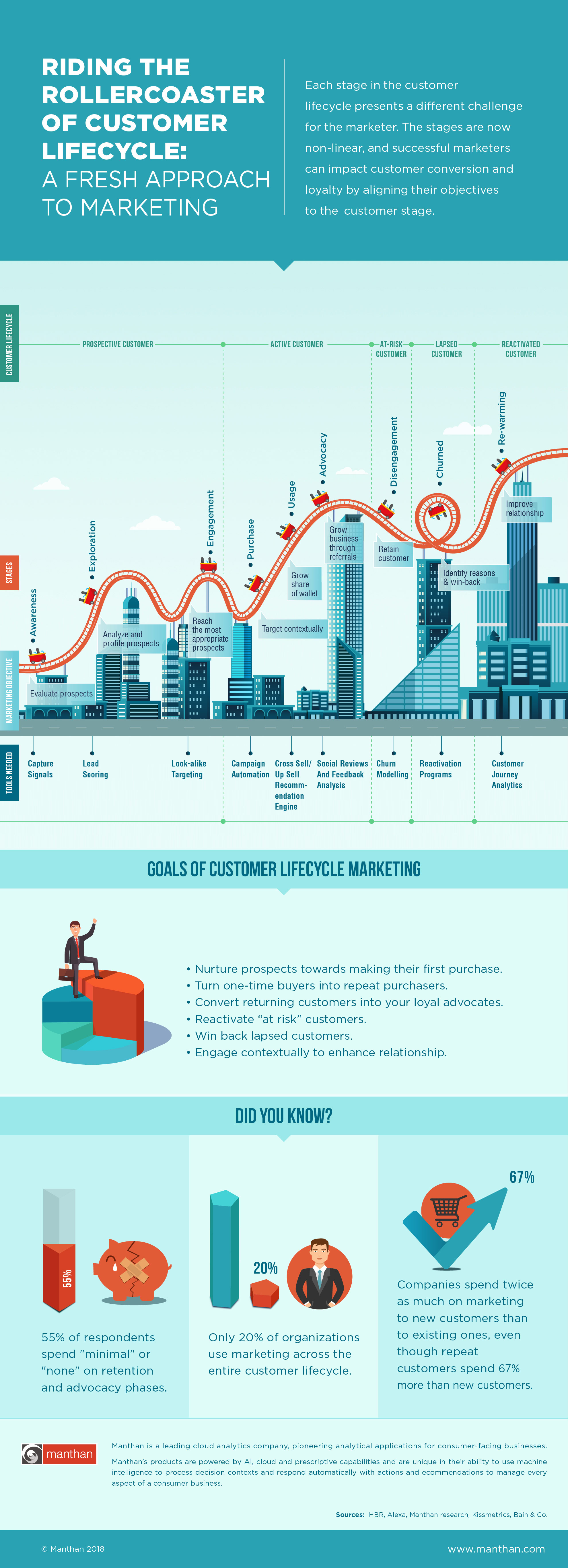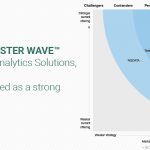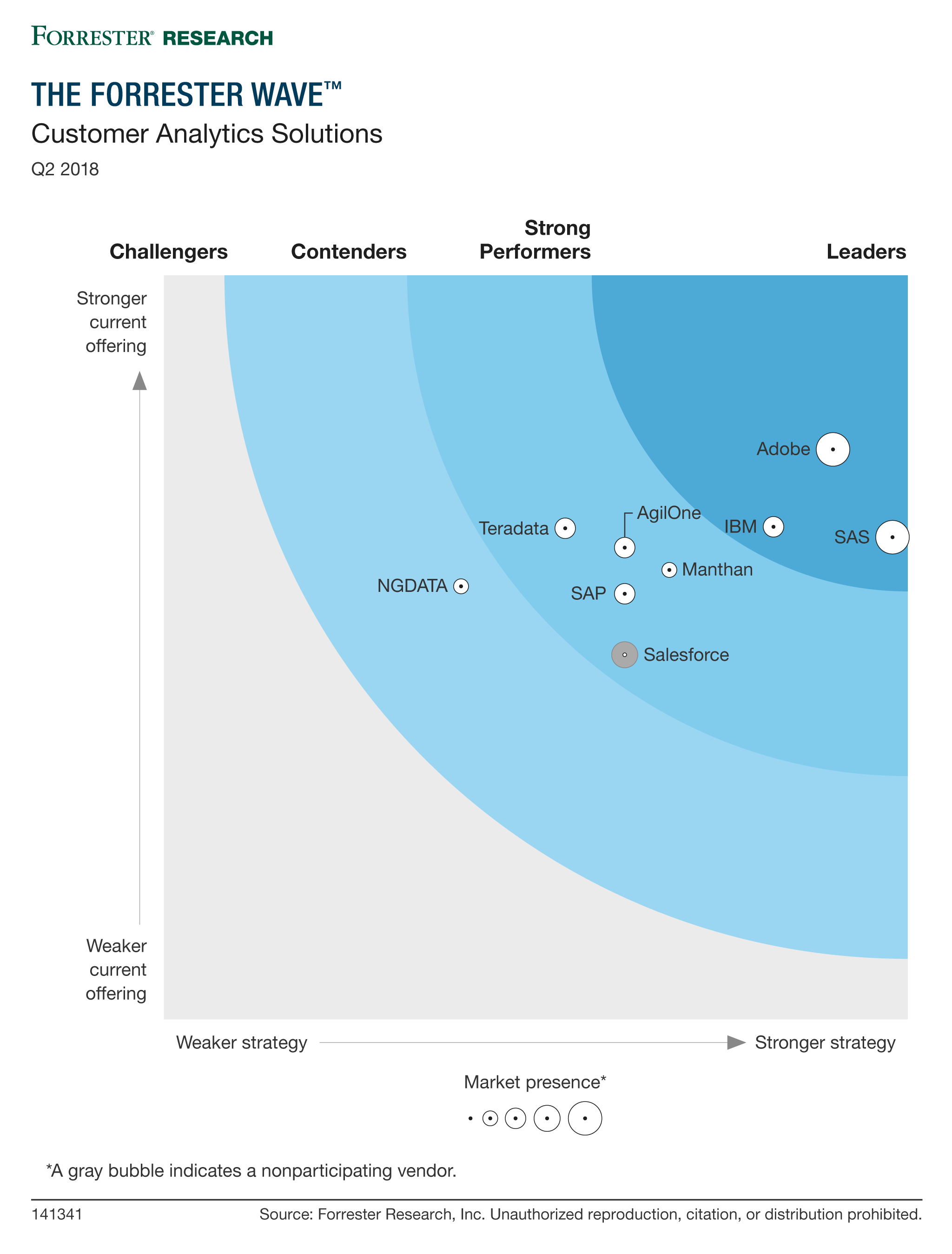
Cross channel campaign management – a must for progressive marketers
As a marketer, I understand that customer data management is hard. Add to that varied new and legacy technology stacks, and the challenges increase. Despite understanding what plagues marketing functions, when I am the customer, I get agitated when a business fails to understand my basic preferences.
‘A promotion I receive on text messaging is not accepted on the mobile app, and the customer service team is clueless about it – this is unacceptable!’ This has happened to many of us.
The number of channels continues to grow, and businesses are trying to embrace cross-channel marketing. However, they fail to connect the various sources and channels.
It’s obvious that all marketing needs to be connected, and communicate a consistent message to customers.
The three components to consistent messaging
- Creating a unified view of customers across channels
- Surfacing insights and identifying marketing opportunities
- Orchestrating communications across offline and online channels
Connecting channels with customer data
The most important marketing channels for retail include mobile app, website, email, social, SMS, POS and direct mail. These are critical simply because you must be where your customers are. Marketers also agree that multi-channel retailers outperform single channel retailers, capture a higher share of customer wallet, and their customers have a higher lifetime value.
The impact of a Customer Data Platform
A Customer Data Platform forms the foundation of such a cross channel customer marketing platform. Without this in place, marketing orchestration is incomplete and superficial, as you fail to leverage every atom of data you have about the customer, their behaviour, transactions and past responses; and hence know only a sliver of what there is to know about that individual.
At one of the largest multi-format retail conglomerates, this CDP is serving as a strategic asset that teams other than marketing make use of – to introduce new product categories, plan their merchandising and to simplify customer purchase and post-purchase journeys.
Applying Intelligence to Data
Using predictive analytics and Machine Learning algorithms to translate this customer data into insights is where the intelligence lies – what is the customer likely to do next, where is the customer in the lifecycle (new, highly engaged, likely to churn, inactive), how do they respond to promotions, what is their lifetime value and so on.
The benefits of cross channel marketing also lie in building a clear picture of how marketing is driving results at an organizational level, rather than measuring performance at a channel or campaign level.
And this is how I want marketing to influence business and my company’s strategy.
Forrester defines cross channel campaign management as ‘Enterprise marketing technology that supports customer data management, analytics, segmentation, and workflow tools for designing, executing, and measuring campaigns for digital and offline channels.’










